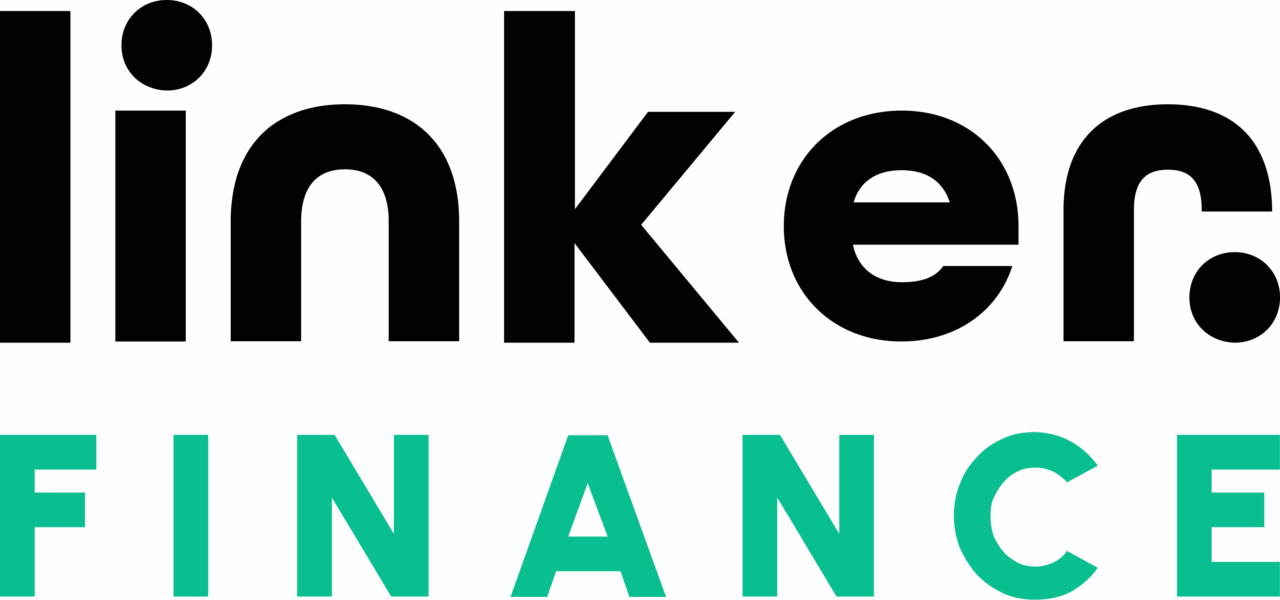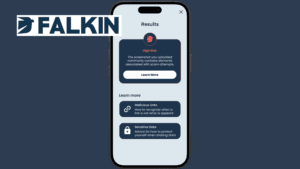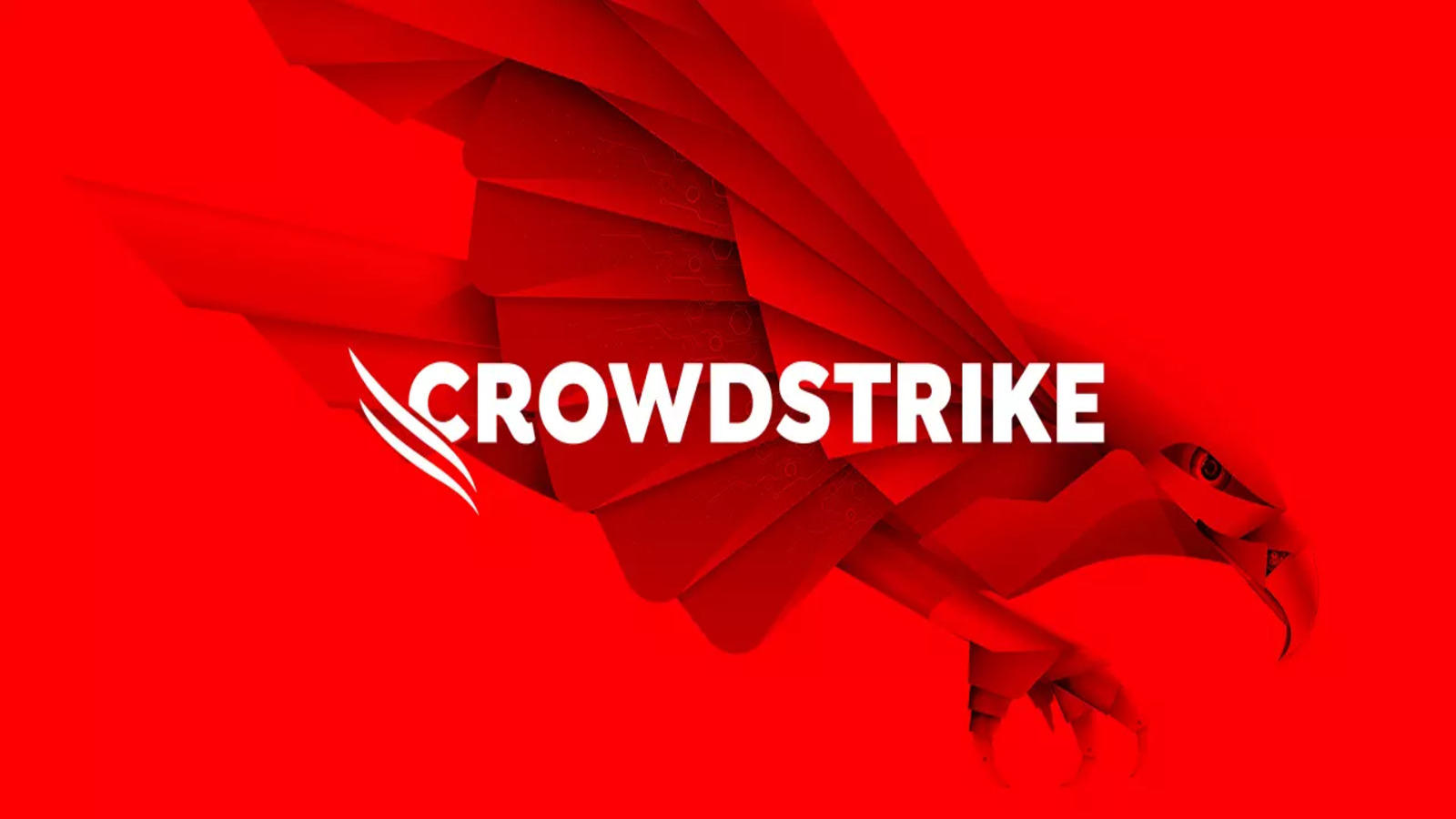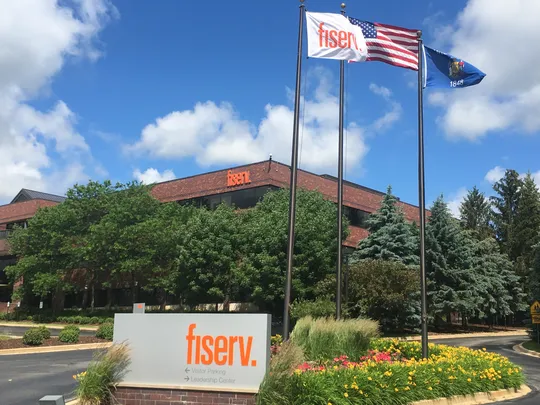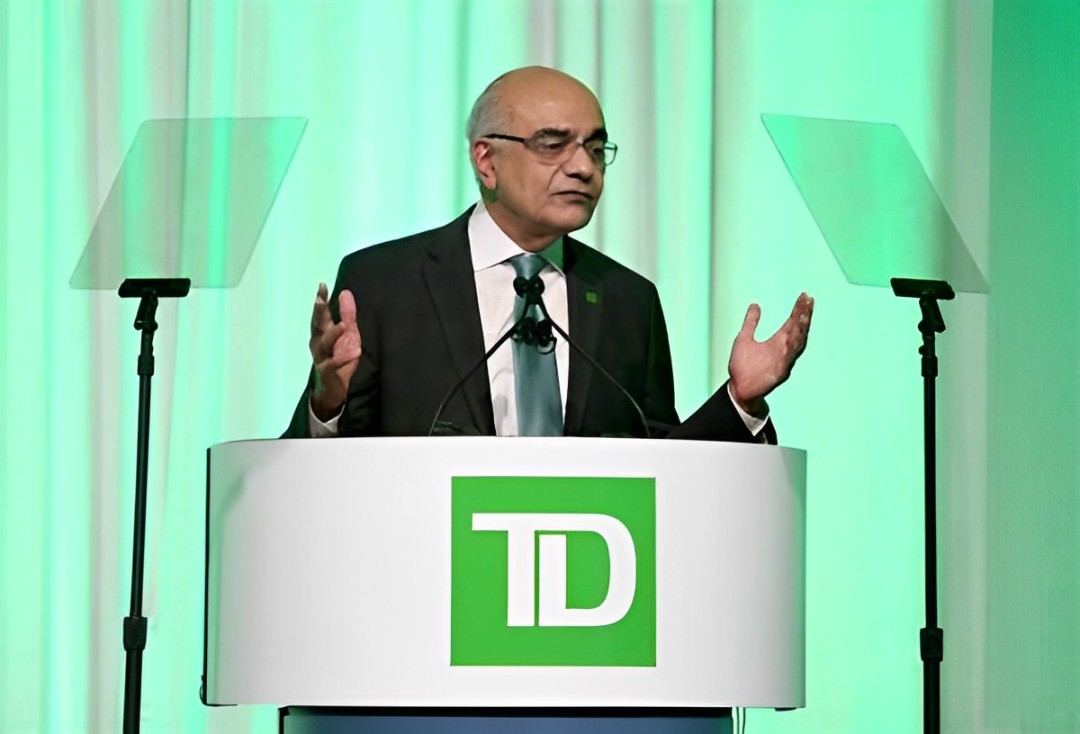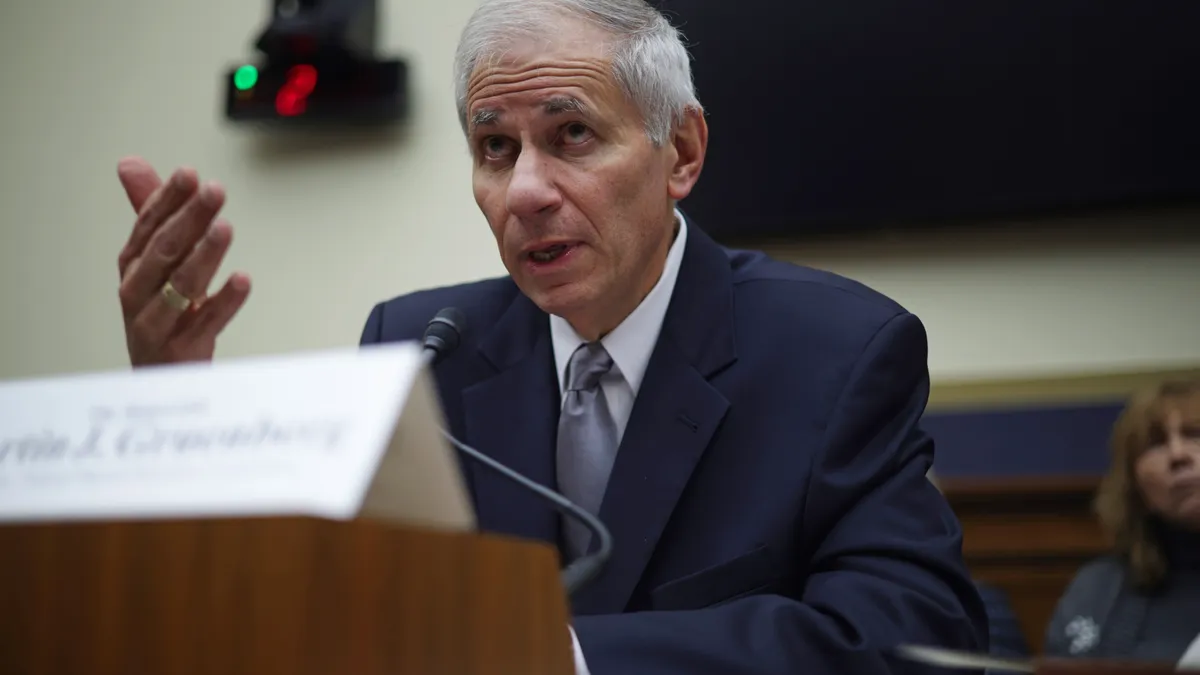U.S. Banks Scale AI for Routine Tasks
By mid-2025, major U.S. banks have transitioned from pilot phase to enterprise-wide deployment of AI agents — sometimes dubbed “digital workers” — to manage high-volume, low-value tasks such as compliance checks, documentation summarization, and service operations. This shift, which caught the attention of publications that include Bank Automation News, is driven by the aim to free human staff for more strategic, client-facing activities while cutting costs and improving accuracy.
J.P. Morgan, for example, now grants access to its LLM Suite to over 200,000 employees, generating approximately $1.5 billion in annual business value. Its large-scale deployment includes over 300 use cases in production, making this the most extensive Wall Street AI rollout to date, according to a report in Tearsheet.
Top Banks’ Using AI Digital Workers
BNY Mellon‘s AI Agents
As reported in The Wall Street Journal, BNY Mellon now operates dozens of AI digital employees that have their own corporate logins. As the organization continues expanding the capabilities of this online resource, its “agents” will gain email and Microsoft Teams access. The cyber go-betweens work under human managers and perform tasks such as validating payment instructions and writing simple code patches, subject to human approval.
J.P. Morgan Chase’s LLM Suite
The WSJ likewise reported on AI developments at J.P. Morgan Chase. The bank’s LLM Suite (an online platform automating tasks such as summarizing documents and refining presentations) is now used by more than 200,000 employees. It includes productivity tools that have matured into full deployments across functions like legal, compliance, and corporate banking.
Bank of America‘s AI-Powered Tools
Built on its internal virtual assistant “Erica,” Bank of America now reports that over 90 percent of its 213,000 employees use AI-powered tools for administrative tasks. This strategic move was announced in a press release issued by BofA itself. The institution’s 17,000 software developers also leverage AI for code generation, yielding cost savings of up to 15 percent.
Goldman Sachs‘ GS AI Assistant
Goldman’s firm-wide rollout of its GS AI Assistant, profiled by FN London, now reaches all 46,500 employees. The technology supports everyday tasks like document summarization, drafting notes, and basic data analysis. Morgan Stanley, Citi, UBS and others are deploying similarly tailored AI tools for internal workflows today.
How Fintechs Are Responding to Banking Automation
The growing use of automation in banking and financial services has unsurprisingly garnered fintech attention.
In July 2025, FinTech Magazine covered the launch of Agentic AI Workforce by Verafin, a Canadian fraud detection technology and AML software company. Its digital agents execute tasks like screening sanctions, making decisions, and generating reports, with limited human oversight. The company’s stated goal is to free compliance teams for more complex investigations.
Operational Yield: How Digital Workers Reduce Drudge Work
AI digital workers are transforming back- and middle-office functions. From summarizing analyst research to generating client presentation drafts, these tools are automating heavy-duty, repetitive tasks. McKinsey highlights the need for banks to embed AI across enterprise systems to unlock meaningful value, beyond pilots.
J.P. Morgan’s Contract Intelligence (COiN) platform, processing 12,000 commercial credit agreements in seconds, saves more than 360,000 work hours annually. The bank expects AI-driven initiatives to rise to $2.5 billion in annual value by the end of 2025, a goal covered in the Tearsheet Report.
Trust, Oversight and Fraud Risk
Consumer trust in AI remains cautious, a trend covered by Barron’s and sparking tactical mitigation responses. At a recent Fed conference, OpenAI CEO Sam Altman warned of a looming AI-enabled fraud crisis. He noted that insurers and banks relying on outdated methods like voice prints are vulnerable to sophisticated scams such as deepfakes.
Academic studies confirm that customers trust advice more when a human banker confirms AI-generated recommendations. Collaborative human AI workflows yield better outcomes than AI-only systems, pointing to the need for human-in-the loop controls in financial services, a notable conclusion reached by Cornell University economists.
Strategic Priorities for Banking AI
Amalgamating public statements from organizations that include AI tech firms (Ally Financial) and industry advisors (Boston Consulting Group) yields several compelling responses from the industry:
- Governance from the outset. Leading banks are embedding AI controls, model-risk frameworks, and bias testing into every deployment to maintain transparency and trust
- Talent investment in AI roles. JPMorgan, Wells Fargo, Citigroup and Bank of America rank among the top banks hiring AI specialists. Roles in AI and machine learning grew 13 percent over six months, even as overall headcount dipped in 2025
- Value alignment with business goals. Successful institutions focus first on use cases with measurable ROI in cost control, revenue lift, or risk mitigation—not on novel technology alone
- Balancing scale with human touch. Digital workers enhance efficiency, but firms need to build empathy and oversight into customer engagements. Consumers trust interactions more when humans confirm AI suggestions
Overall Considerations for Banking AI Adoption
Financial institutions should view AI digital workers as enablers, not replacements. These agents can help teams spend more time on advisory work and strategic relationship building. However, successful adoption requires embedding robust governance, retraining staff for supervisory roles, and continuously tracking performance metrics.
By aligning AI strategy with business impact, investing in specialized talent, and protecting against fraud, banks can enhance efficiency while preserving client trust and competitive advantage.
The present message is clear: AI digital workers can scale operations and boost productivity. But only when paired with human oversight and strategic focus.







